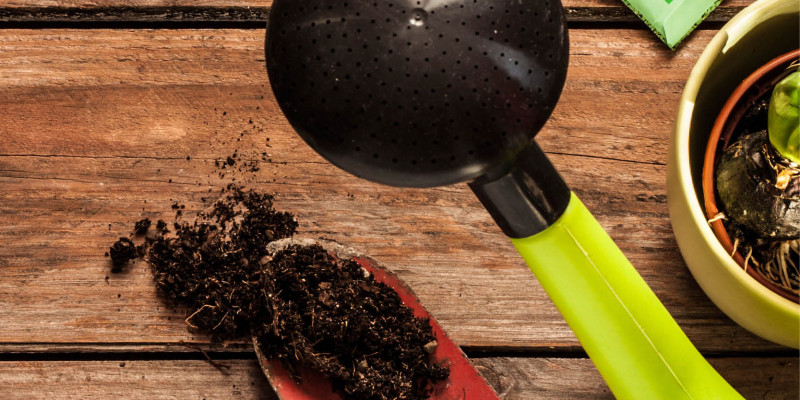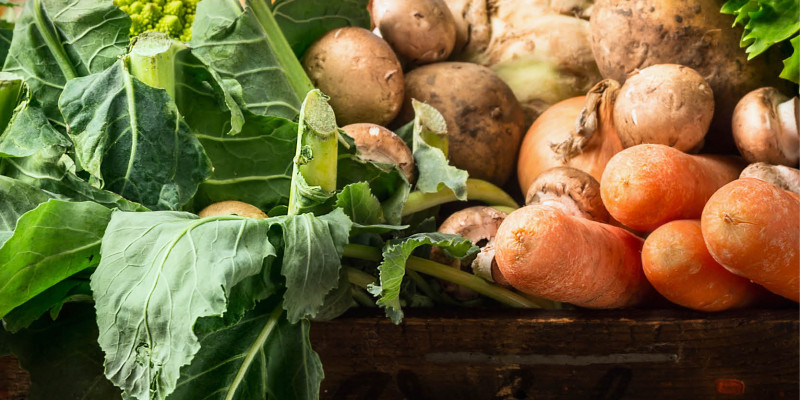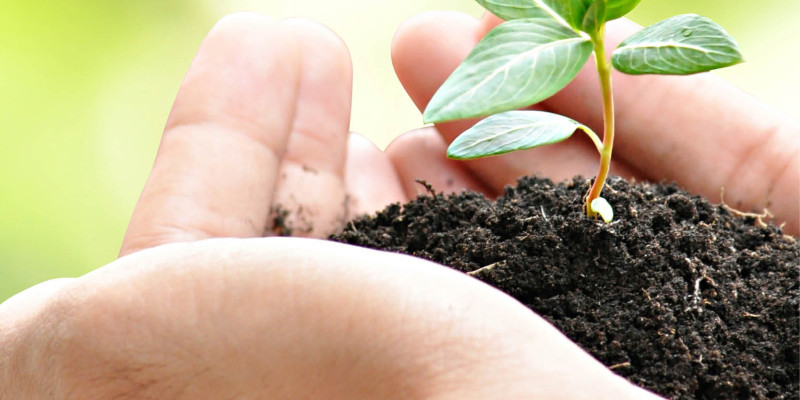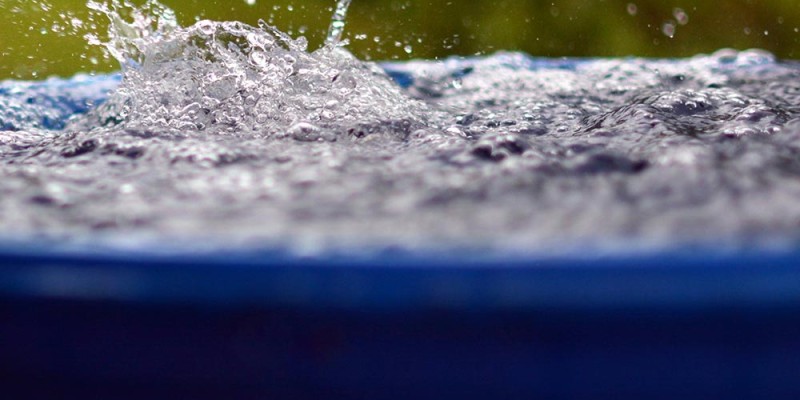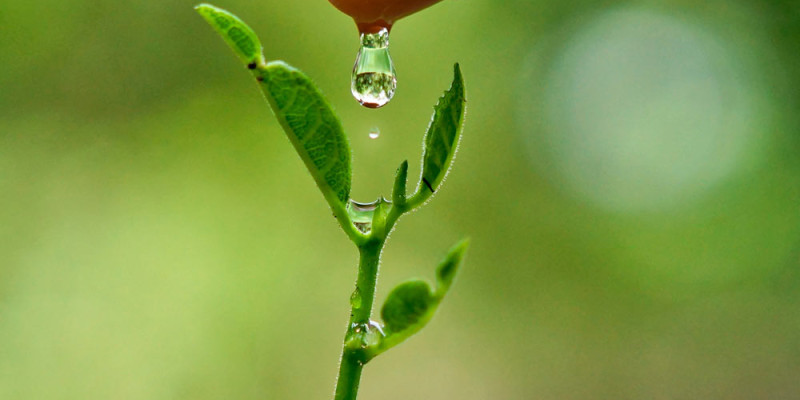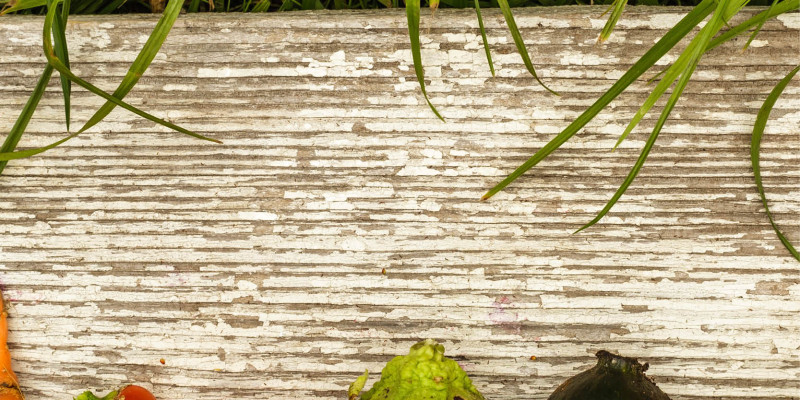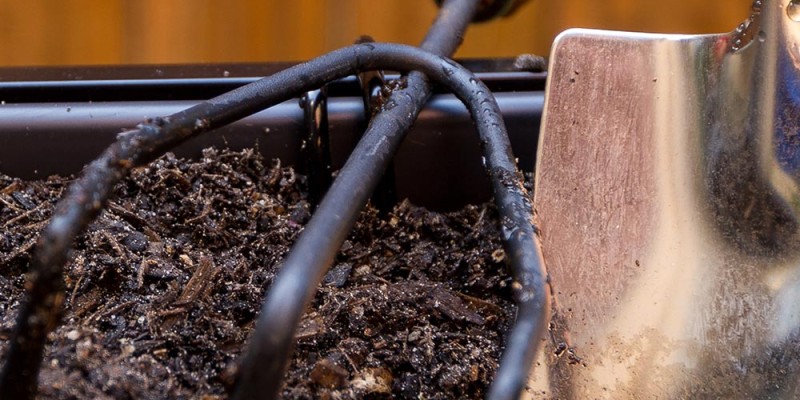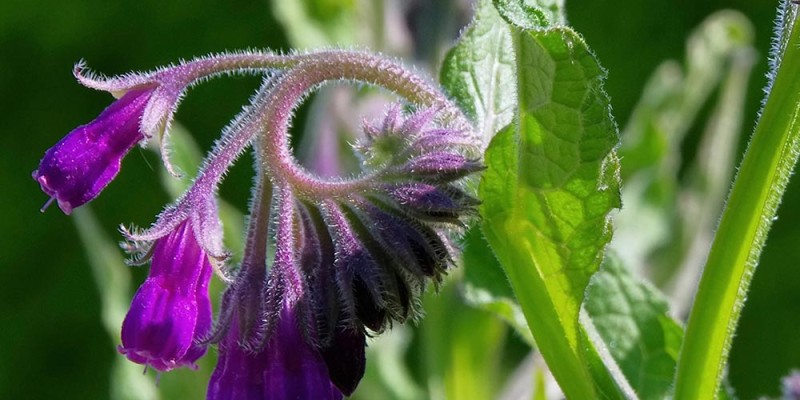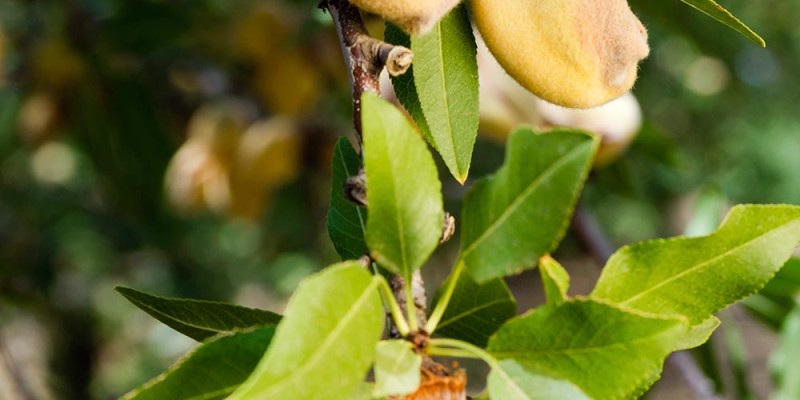Introduction
Over the last two years I have been testing the product claims associated with Rock Dust and charged Biochar. These products are marketed to home organic gardeners and come with quite a few claims. As such I decided to put these products to the test in my back yard garden.
Experimental Design
In order to test these two products I set up a controlled study. I started with the same base material for all three of the beds and then applied the products as recommended by the advocates to the trial beds leaving one as the control. The location of the Rock Dust, Charged Biochar and Control Beds were selected by a viewer.
Each of the beds are independent of each other and contain the same volume of the same base material. Each bed receives the same amount of direct sunlight and the same treatment throughout the growing season.
The same varieties of plants were planted in the same location in each bed to help avoid any discrepancies being caused.
I have been asked a number of times to name the brand I used. I have chosen not to name the product name in order to avoid claims of slander and risk having the video removed from YouTube. I am comfortable letting you know that it is a brand that is often used by top advocates and was applied at the rate recommended by the same people. The soil in all three beds was amended with compost and worm castings and is rich in microbial life as recommended by the products advocates.
The Biochar was provided by the Alberta Innovates and was made from a stock material of woodchips. It was charged with the same biologically rich compost and worm castings as the rock dust and control beds.
The only difference between the three beds is the application of the one product in one test bed. What this allows us to do is really understand if there are any differences between the control and the trial beds that those differences or lack thereof are attributed to the product. This allows us to test and support or disprove the claims made about the products.
Summary of episodes 1 and 2
This year’s results videos have been separated into three. In the first I took a look at the harvest totals and the second I sampled the soil in all three beds. Part 1 addressed at claims of higher production and part 2 took a look to see if through different mechanisms the claims that charged biochar and rock dust increases the nutrients in soil.
After I present the results of the tissue analysis I will summarize the results from parts 1 and 2. It will help form a more complete picture if presented together.
Introducing Tissue Analysis and Nutrient Density
Let’s move onto today’s claim and how I investigated it. Rock Dust claims that through the addition of the minerals it contains that the produce grown in it take some up increasing the concentration of nutrients in the crops
.
In order to move forward I would like to define Nutrient Density. Nutrient density is a unit of measurement that compares the non-caloric vs the caloric component. In short the higher the nutrient density the more nutrients that food has and the lower relative calories. [1] The World Health Organization diets higher in nutrient dense food promote human health and prevent disease.
Results of the Tissue Analysis
The method used to determine if there is any difference between the micronutrient content of produce from each bed was an elemental analysis of the tissue. The trace elements make up most of the non-choric component of our food. If the claim is true we should see higher concentrations of essential and beneficial elements in the produce grown in the rock dust bed when compared to the control.
In order to compare these results I used a Real Present Difference Analysis with a conservative factor of 100 which is extremely conservative.
Last Year’s Pepper Results
Last year I took a look at pepper tissue in order to see if there was any difference between the crops grown in rock dust vs the control. I selected peppers as the candidate for tissue sampling and ran the numbers. [D]
Peppers in 2014 had no notable differences when comparing the biochar grown fruit to the control.
This result could be expected as does not claim to increase the nutrient density of food.
Rock Dust grown peppers also did not have any difference in trace elements when compared to the control.
These results lead me to think what about other tissues. Is this just the case for peppers or crops as well.
2015 Tissue Results, Tomatoes, Carrots and Beets
This year I submitted samples of Carrot Root, Beet Leaf, Beet Root, Tomato Plant and Tomato Fruit from each bed to Maxxam Analytics for testing. I would like to give a big thanks to them for running these samples and assisting in the results analysis.
Let’s start with the Biochar results.
For the purpose of today’s video I have not screened out the elements that may not be required for a healthy diet.
Biochar Tissue Results
• Carrot Root There was no statistical difference between the control and the biochar grown carrots
• Beet Leaf There was more Aluminum in the biochar grown leaves when compared to the control and more cadmium in the control leaves vs the biochar leaves
• Beer Root There was no statistical difference between the control and the biochar grown Beet Root
• Tomato Plant There was no statistical difference between the control and the biochar in the tissues of the tomato plant
• Tomato Fruit More aluminium was found in the control tomatoes when compared to the tomatoes grown in biochar.
These results did have a few exceptions however there was no pattern and can likely be explained by chance. As I mentioned earlier this result is not surprising as biochar does not claim to increase the nutrient density of the food grown rather it claims to hold nutrients in the soil.
Let’s move on to the Rock Dust Results:
Rock Dust Tissue Results
• Carrot Root No noted differences in Micro Nutrients
• Beet Leaf control had more Strontium than the rock dust.
• Beet Root Higher concentrations of Aluminium in the Rock Dust Beet Root while higher concentrations of Barium in the Control Beet Root.
• Tomato plant has no difference with the exception of sodium being higher in the control
• Tomato Fruit absolutely no difference between the control and the rock dust grown tomatoes
The rock dust tissue samples were very similar to the biochar with no patterns and the differences noted likely due to chance as well. There is absolutely no difference in the trace elements or nutrient density of tomatoes grown in rock dust when compared to the control.
Summary
Before I get to discussing today’s findings lets quickly summarize the 2015 results to date.
Part 1 Summary
In part 1 the control had the highest yield with biochar in the middle and Rock Dust trailing far behind. [B]
These results do not support the claims that either of these products increase yields in home organic gardens.
In order to understand in more detail what was going on I analyzed the soil in each bed.
Part 2 Summary
What came out of Part 2 was the soil in my back yard garden was likely too rich and efficient at retaining nutrients for the biochar to work as claimed. There was no difference in the nutrient levels between the control and the charged biochar bed. [C]
Part 2 also looked at the results comparing the soil in the rock dust bed. The results showed similar to biochar that there was no difference in the nutrient levels in the rock dust treated soil when compared to the control.
Again these results do not support the claims that through different mechanisms increase the nutrient content of home gardens.
Part 3 Summary
Today in Part 3 we established that there was no difference between the trace elemental makeup of pepper, tomato, carrot and beet tissues grown in charged biochar and rock dust when compared to the control.
Consistent with parts 1 and 2 these results do not support the claim that produce grown in an organic home garden soil amended with rock dust produces more nutrient dense crops.
Discussion Biochar
Biochar two main claims made when in the context of gardening is that is sequesters carbon which it does and that it helps retain nutrients in the soil enriching the soil over time. As mentioned earlier this year’s results are not surprising at all. My home garden soil is already quite rich due to amending it with compost and worm castings and highly biologically active.
As my soil my is already so good the neutral results in 2015 related to the soil and nutrient density of crops is what we would expect.
The only thing this years results do not explain is the difference in the production between the beds. This may be best explained by the natural genetic variation. If the sample size was significantly higher I would hypothesize that over many trial beds these results would even out producing similar yields.
Discussion Rock Dust
The rock dust results were little more curios. Rock dust has two main claims to add nutrient to the soil and that produce grown is more nutrient dense hence better for you.
I applied rock dust at a very high rate as recommended by advocates and did not see any difference in the nutrient content of the soil, which rock dust claims to increase nor the trace elements in the tissues grown in it.
The results make a lot more sense when take a look at the rock dust itself and the dilution factor when applying rock dust even at the higher than recommended application rate.
Last year I had two of the brands recommended by advocates tested. Their elemental make up was similar to autumn leaves. [A]
The rock dust once applied to the soil is simply diluted to a point where no significant amounts of nutrients were being added to the soil.
2015 Rock Dust and Biochar Summary
In summary neither rock dust nor charged biochar live up to their product claims when applied to a home garden that is biologically active and has been amended with compost and worm castings.
Neither of these products increased production, nutrients in the soil or the nutrient density crops grown in it.
As with all of these videos the results are posted on my website including the lab results if you would like to check them out.
What is next?
So what is next in the Home Garden Field Trials? This year I will be working on this trial to see if I can duplicate this year’s results both in my trial beds and on a number of offsite locations.
Lab Results:
Soil Results 2014:
http://www.albertaurbangarden.ca/wp-content/uploads/2014/11/141120_AlbertaUrbanGardenCertificateofAnalysis.pdf
Pre-Season Soil Results 2015:
http://www.albertaurbangarden.ca/wp-content/uploads/2015/11/151120_AlbertaUrbanGardenCertificateofAnalysisRevisedReport3.pdf
Post-Season Soil Results 2015:
http://albertaurbangarden.ca/wp-content/uploads/2015/11/151120_AlbertaUrbanGardenCertificateofAnalysisRevisedReport4.pdf
2015 Tissue Results:
http://www.albertaurbangarden.ca/wp-content/uploads/2016/01/160105_AlbertaUrbanGardenCertificateofAnalysisRevisedReport.pdf
2014 Pepper Tissue Results:
http://albertaurbangarden.ca/aug/wp-content/uploads/2014/11/141120_AlbertaUrbanGardenCertificateofAnalysis.pdf
References:
[1] Definition of Nutrient Density:
https://en.wikipedia.org/wiki/Nutrient_density
Related Videos
[A] Rock Dust vs. Autumn Leaves
[B] Part 1 of the 2015 Rock Dust and Charged Biochar Trials
[C] Part 2 of the 2015 Rock Dust and Charged Biochar Trials
[D] 2014 Pepper Tissue Results
